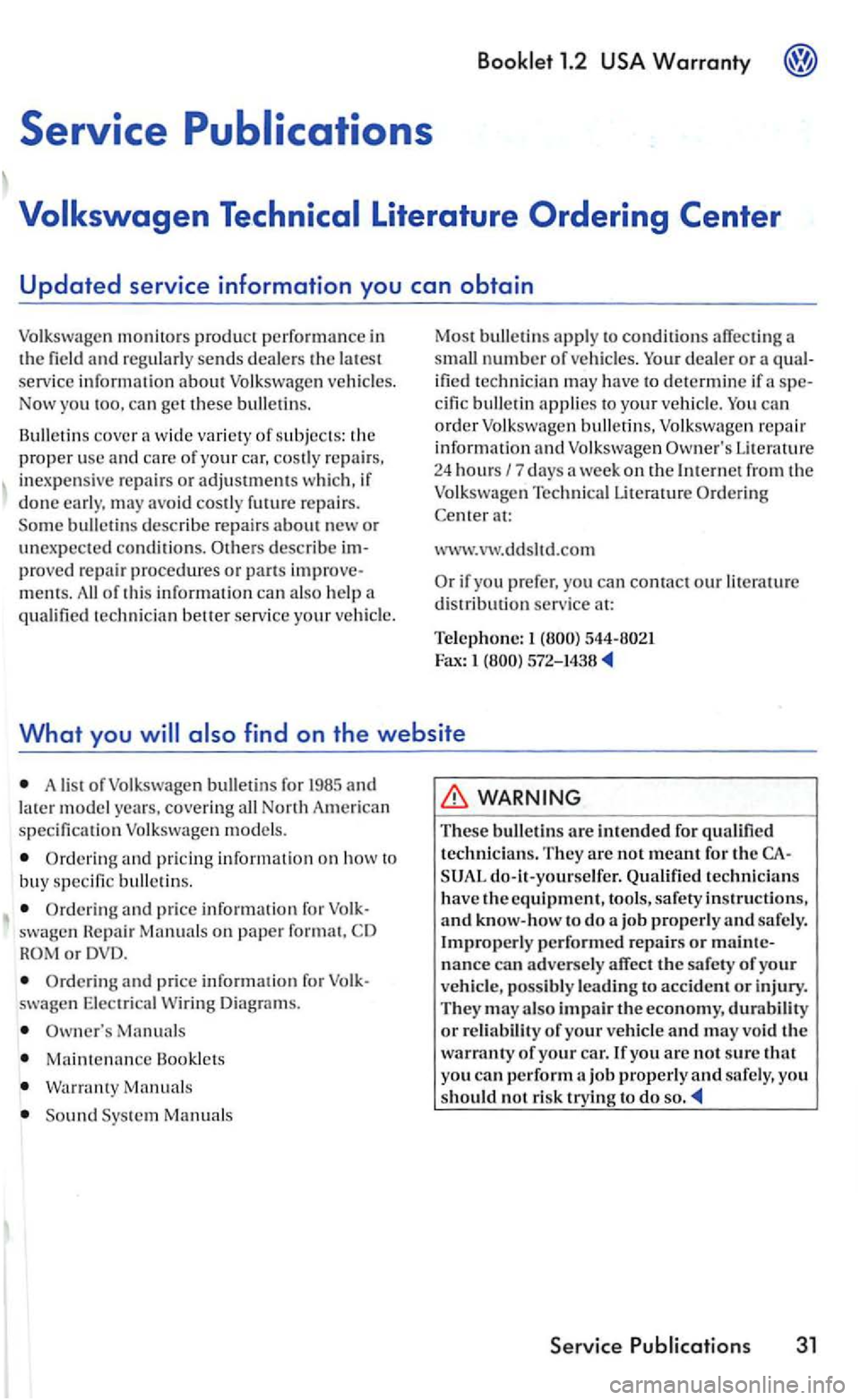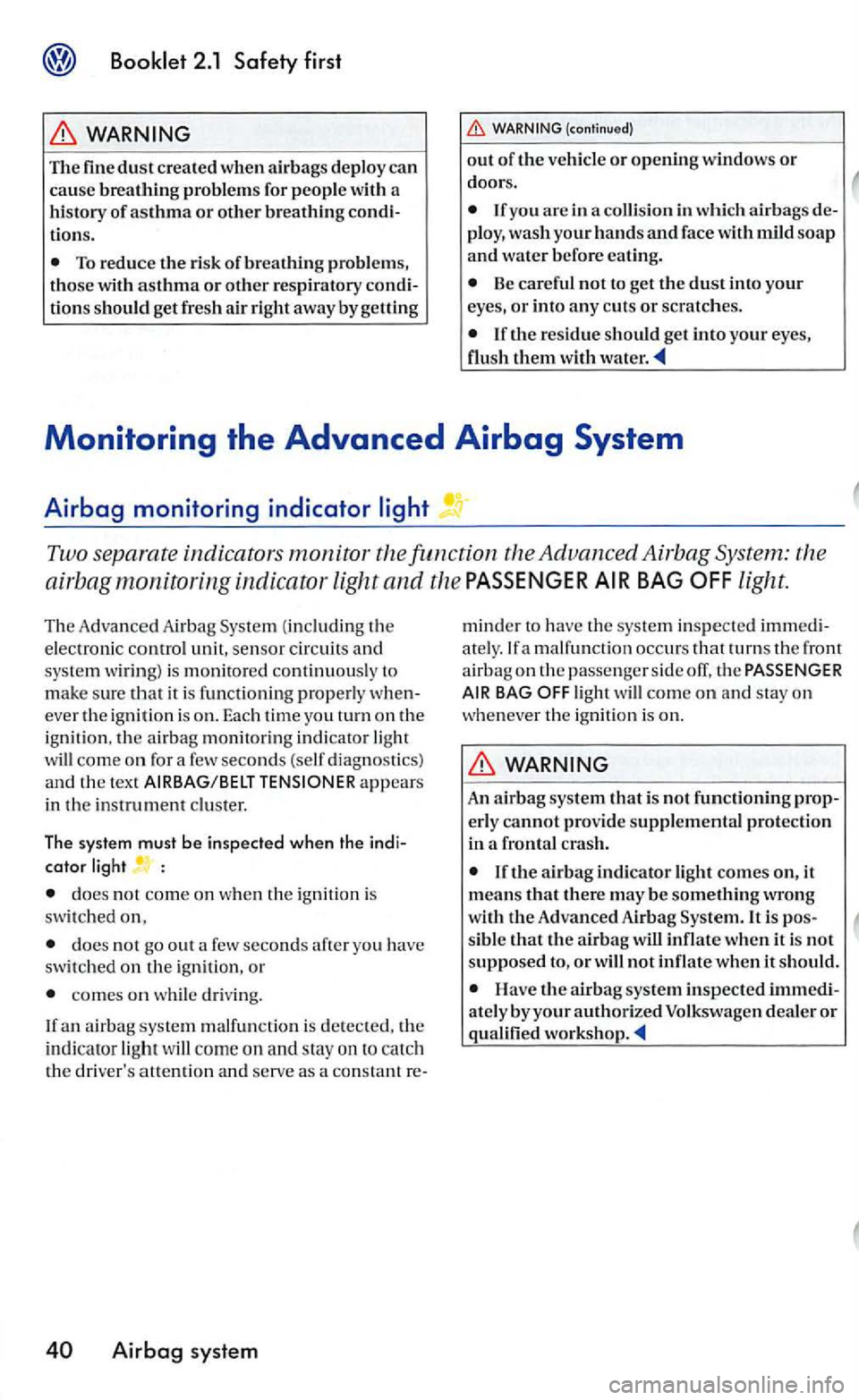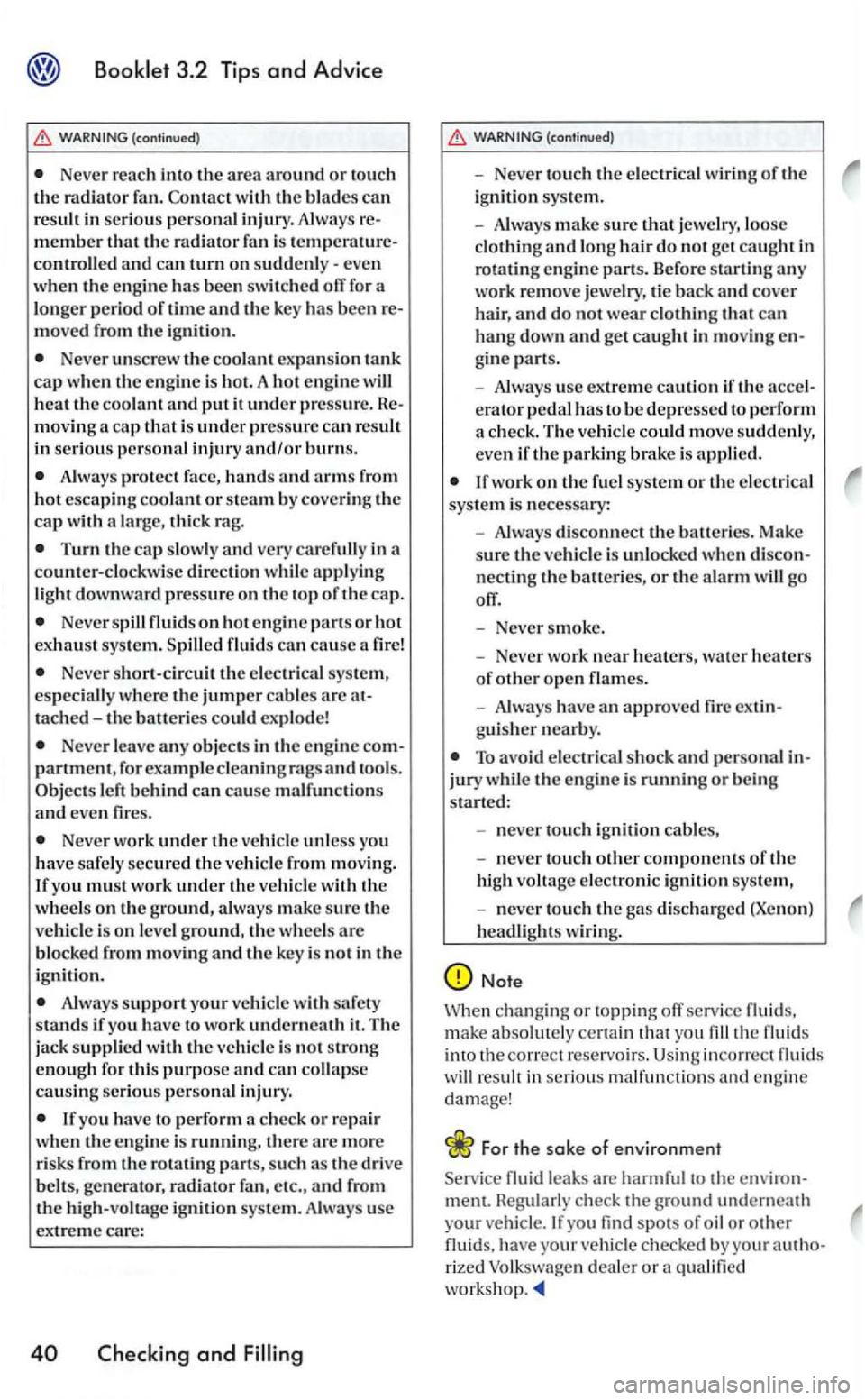2005 VOLKSWAGEN GOLF wiring
[x] Cancel search: wiringPage 83 of 444

and regularly sends dealers the latest
serv ice information about Volkswagen vehicles.
Now you too. can get these bulletin s.
cover w id e of your car, costly repairs.
inexp en sive repairs or which, if done early. may avoid costly future repairs. Some bulletins describe re pai rs about new or unexpected conditions. describe proved repair procedures o r parts
appl y to conditions affecting a
s m all number of ve hicles. Your dealer or a technician may have to determine if a
week on the lmernet from the Volkswagen Technical Literature Ordering Center at:
vw.ddslld.com
if you prefer, you can contact our literature distribution service at:
Te le
phone: I F ax: I
find on the website
A list of Volkswagen bulletins for 1985 and lat er m ode l years, cove ring all North American Volk swagen models.
Ordering and pric ing information on how to buy
Ordering and pric e information for p a ir Manuals on paper C D orDVD.
swagen Electrical Wiring Diagr am s.
Manuals
Maintenance Booklets
Warranty Manuals
Sound Sys tem Man uals
These bulletins are intended for technicians. They are not meant for SUAL do- it-yourselfe r. Qualified technicians have the equipment, tools, safe ty i nstruction s, and kn ow- how to do a job properly and safely. Improperly p erformed repairs or
also impair the economy, durability or reliabilily of your vehicle and may void the warranty of your car. If you arc not sure tha t you can perform
Service 31
Page 128 of 444

WARNING
The fine dust created when airbags deploy can cause breathing proble m s for people w ith a history of asthma or other breathing condi
tions.
To reduce the risk of breathing problems,
those with asthma or other respiratory condi
tions should get fresh air right away by getting
(cont;nu od)
out of the vehicle or opening w indows or doors.
If yo u are in a co llision in which airb ags de
ploy, wash your h ands and face with mild soap and water before eating.
Be carefu l not to get the dust into your eyes, or into any cut s or scratc hes.
If the residue should get into your eye s,
flush them with water.
Two separate indicators monitor the function the Advanced Airbag System: the
airbag monitoring indicator light
and the PASSENGER light.
The A dva nced Airba g Sys te m (in cludin g th e electronic control unit, senso r c ir c uits and sys te m wiring) is m onit ore d continuously to mak e sure tha t it is fun cti o nin g properl y wheneve r the ignition is o n. Each time you turn on th e
i gnition. the a irba g monitoring indicator light
w ill co me o n for a fe w second s (se lf di ag nostics) and th e text AIRBAG/BELT appears
in the in strument clu ster.
The sys tem must be inspected when the indi
cator light
does not come on when th e ignition is
switc h ed on,
doe s not go out a few seconds after you have
s wit ched on the ignition, or
comes o n while driving.
If an airbag system malfu nc tion is de te cte d , th e
indicator light will come on and sta y on to catch
th e dri ver's attention and se rve as a con stant re-
fa malfunction occurs that turn s th e front airbag on th e passe nge r side th e PASSENGER AIR BAG
WARNING
An airbag system that is no t functioning prop
erly cannot provide suppl emental protection
in a frontal crash.
not inflat e when it should.
Page 316 of 444

WARNING (continued)
Never reach into the area around or tou ch the radiator fan. Contact w ith the blade s can resuh in se riou s personal injury. Always m ember that the radiator fan is controll ed and can turn on
m oved from the ignit ion.
Never unscrew the coolant expa nsio n tank cap when th e engin e is hot. A hot engine will heat the coo la nt and put it under pressure . mov in g a cap that i s under pressure ca n rcsuh in seriou s personal injury and/or burns.
A lway s prote ct face, hand s and arms from hot esca ping coolant or steam b y cove ring the ca p with a large, thick rag.
Turn the cap slow ly a nd very carefully in a
counter- clo ckw ise direction whil e applying
light downward pressure on the top of the cap.
Never spill on hot engine parts o r hot
e xhau st sys te m . S pilled
Neve r short-circuitthc elec trica l sys te m ,
es peciall y w here th e jumper cabl es are tached -th e balleri es could explode!
Neve r leave any objects in the e ngine partment, for exam ple cleaning rag s and too ls. Objects
Neve r work unde r the veh ic le unless you
h ave safely secured th e ve hicl e from movin g.
I f yo u must work under th e ve hicl e wit h th e
w hee ls on th e ground, always make sure the vehicl e is on leve l ground, th e wh eels arc
b locked from movin g and th e key is not in the
ignition.
Always support your ve hicle with safety
s tands if you have to wo rk underneath it. The
ja ck suppli ed with the ve hicle is not s tron g enough for this purpose and can co llap se causin g se riou s personal injury.
If you have to perform a check or r ep a ir
w hen th e e ngine is running, there arc more
ri sks from
the ro tating parts, such as the drive
WARNING (con tinued)
Neve r to uch the e lec tr ica l w ir in g of the ig ni tio n sys tem.
Always make sure that j ewe lry, loose clothing and lo ng hair do not get caught in
rota ting engine pans. Before startin g any work remove jewelry, tie back and cover
hair, and do not wear clothing that can hang down and get caught in mov ing gin e parts.
Always use extre me cauti on if the erator pedal has to be depresse d to perform
a ch eck. The vehicle could move suddenly, eve n if the parking brake is applied.
If wor k on the fu el sys te m or th e electrica l
syste m is necessa ry:
Always discon nect th e balleries. Make
sure th e vehicle is unlo cked when
Neve r sm oke .
Neve r work nea r heaters, wa te r h eaters of other open names .
A lways have an approve d fire ext guis her nearby.
To avo id electrical shock and personal jury w hil e the eng ine is running or being
s tarted :
n ever touch ignition cables,
never to uch othe r component s of the
high vohage electronic ignition syste m,
never touch the gas discharged (Xeno n) headlights wiring.
Note
Whe n chang ing or topp ing orr service fluids. make absolutel y ce rtain that you fill the fluid s
into the corr ect reservoirs. Using incorrec t fluids will resuh in serious malf unct ions and engine
damage!
For the sake of environment
Service fluid leaks are harmful to the environ-
ment. Reg ularl y check the ground undernea th
your vehicle . you find spots of oil or other
fluids. have your vehic le checked by your rized dealer or a qualified